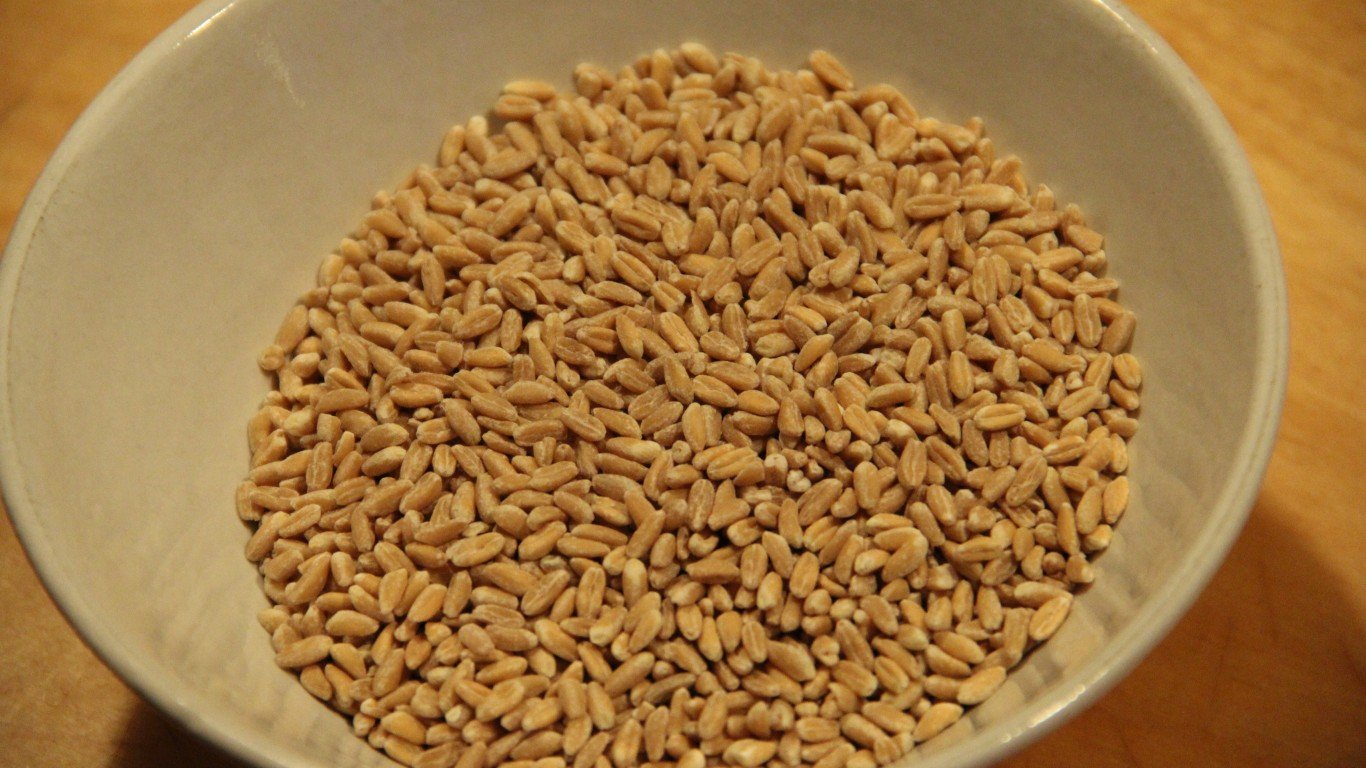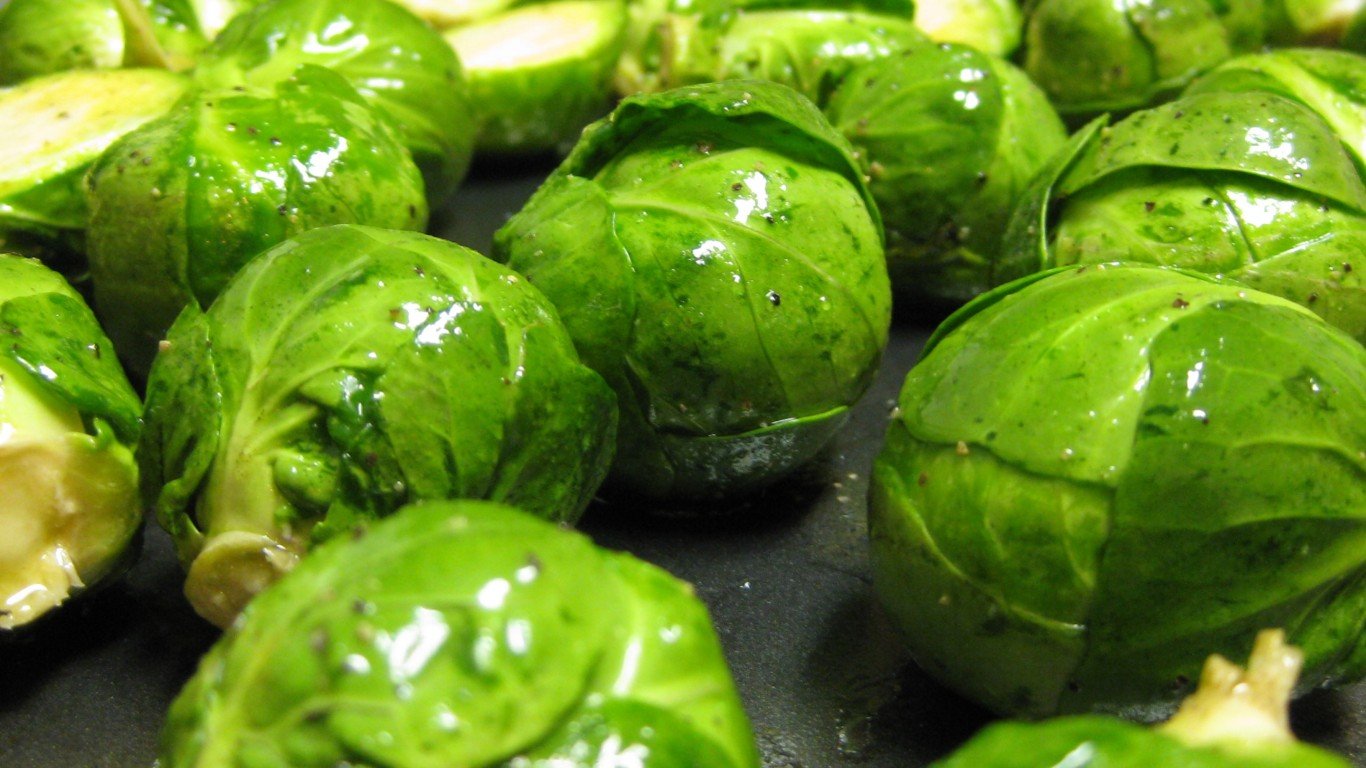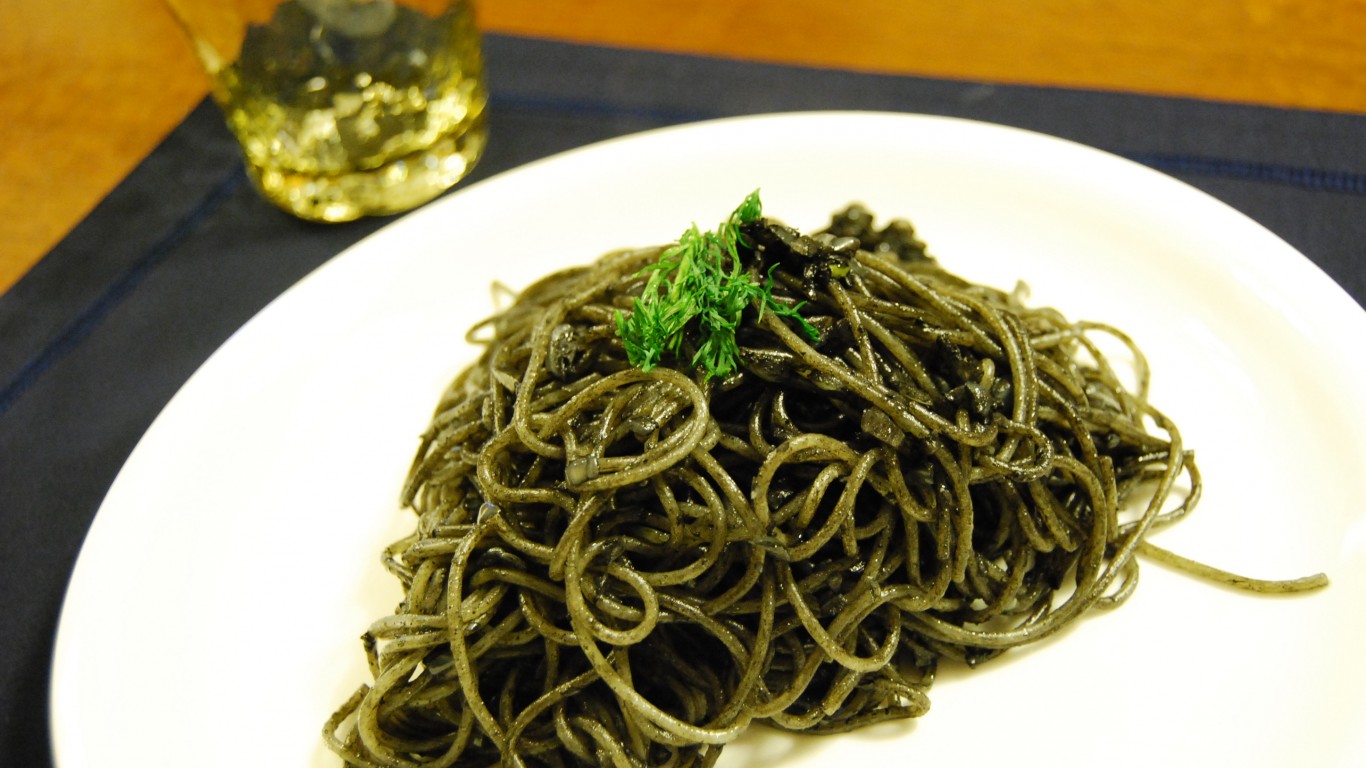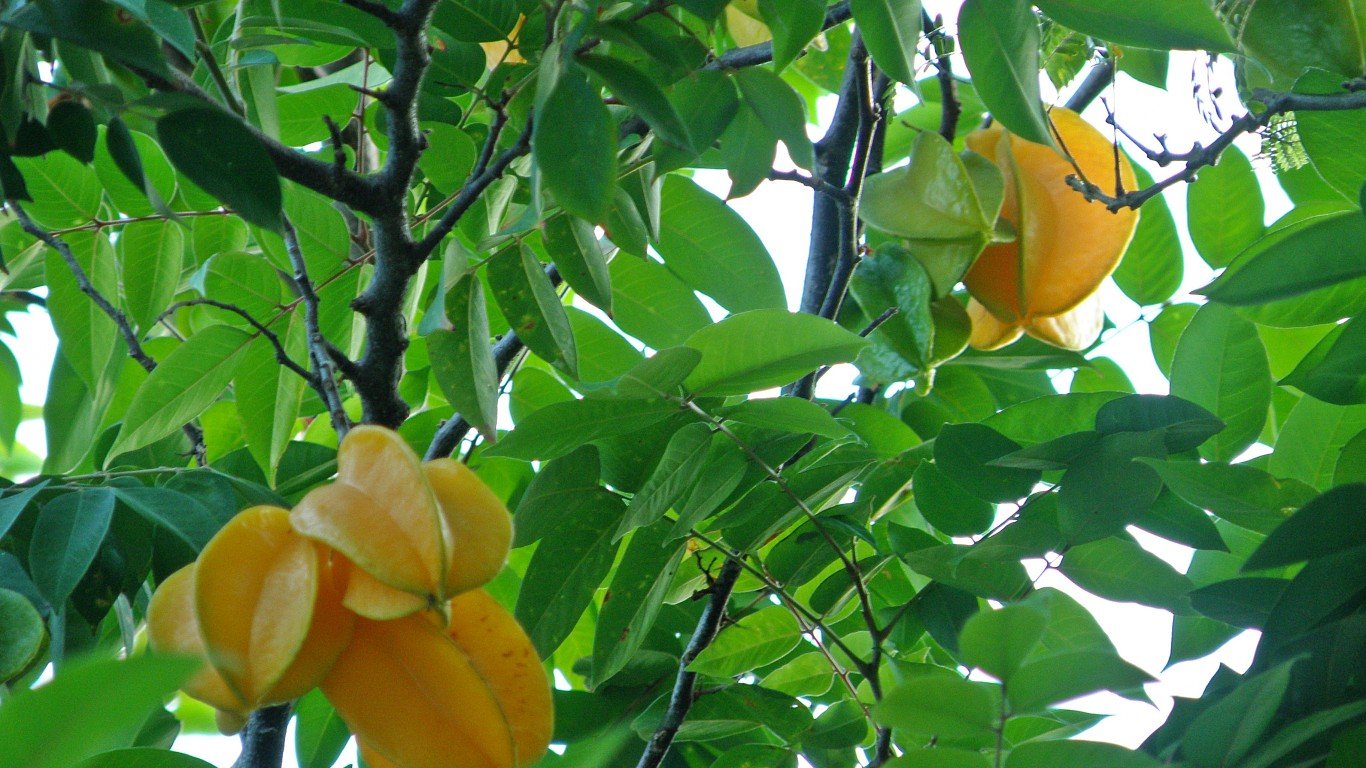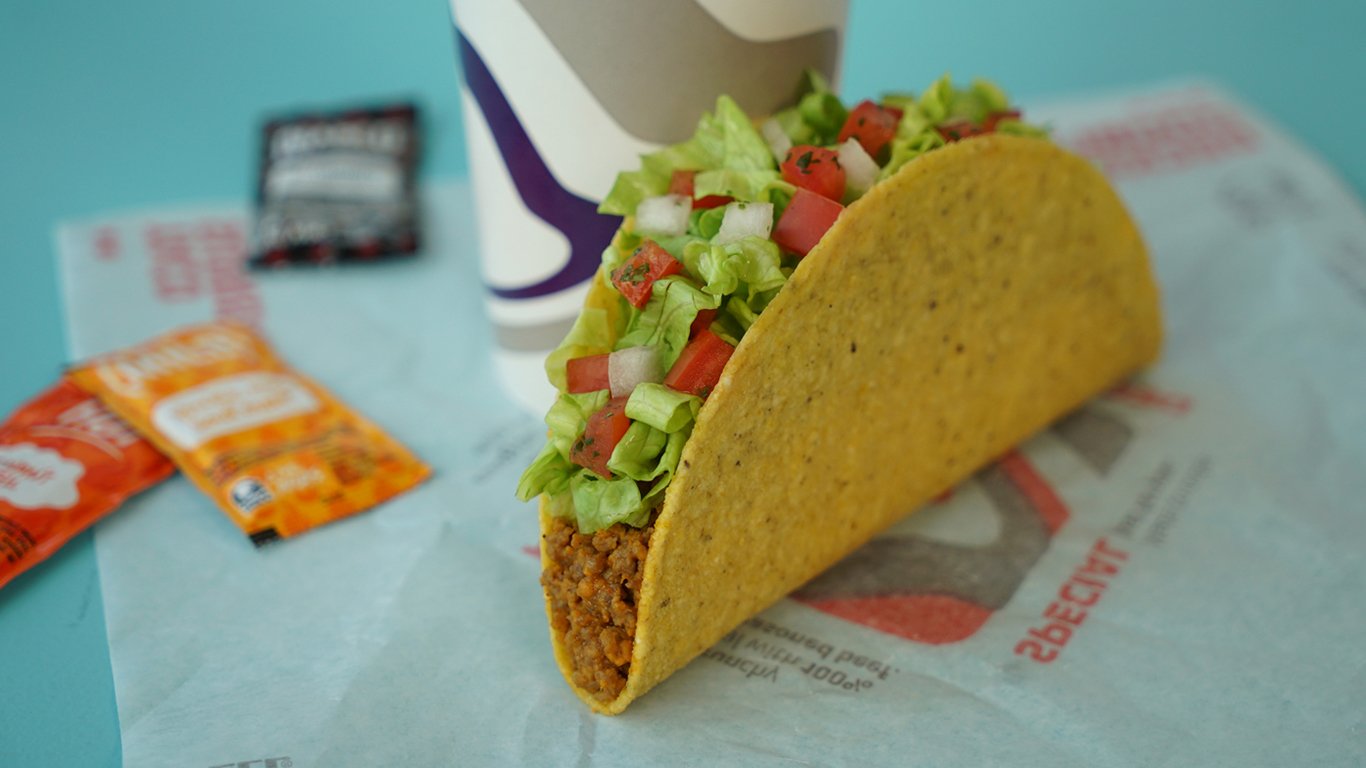

Some food fads come and go relatively quickly (when’s the last time you opened a package of SnackWells, or ordered blackened redfish at a restaurant?). Others arrive on the scene, quite possibly overstay their welcome, but somehow just don’t ever go away. We’re looking at you, pumpkin spice.
The fact is that we still regularly enjoy many (if not quite all) of the comestibles that were the biggest food fads of the past 50 years.
The popular food delivery service Uber Eats, which completed its billionth delivery in 2019, recently recapped the year with some off-the-wall statistics, reporting, for instance, that the amount of sushi they delivered weighed almost as much as eight humpback whales.
Uber Eats also offered some general observations about the international food and drink scene — revealing, among other things, that Toronto was the most caffeinated city, accounting for more coffee orders than any other. (It was perhaps not a coincidence, then, that the University of Toronto published a study earlier this year finding that merely thinking about coffee, as opposed to actually drinking it, could cause our minds to become more alert.)
In addition to looking back over 2019, though, they also offered a list of “food searches [that] are accelerating in popularity on Uber Eats,” uncovering “a few key trends rising to the top as we approach the new decade.” These are presumably things, then, that we’ll be ordering more of in the coming 12 months.
Some of them are “faves [that] are here to stay,” according to Uber Eats, while others are, let’s say, specialized. And a few seem to relate more to wellness than gastronomy.
Click here to see what you will be ordering in 2020.
Interestingly, only one of the items on the Uber Eats list — Brussels sprouts — also appears on a parallel list recently released by its competitor, DoorDash, enumerating what that food-delivery services identifies as the top 15 foods on the rise for 2020.
Whether this suggests that the two operations have substantially different clienteles, or just different ways of crunching the data, is an open question.
15. Cabbage
A plebian entry compared with some of the more specialized items on this list, cabbage is a Brassica, a genus of plants that also includes cauliflower (see No. 13), broccoli, Brussels sprouts (see No. 6), and the ubiquitous kale. Stuffed cabbage leaves are common to Middle Eastern and Central European cuisines, and cabbage adds flavor and crunch to salads, as well as being the basis of sauerkraut, an essential ingredient in the Reuben sandwich. Current interest in the vegetable might also have something to do with the fact that one variety, napa cabbage, is the most common vegetable for kimchi — the Korean condiment that has become so popular of late.
[in-text-ad]
14. Udon
Move over, ramen. Uber Eats reports that noodles were big in 2019 — so big that if all the noodles they delivered during the year were laid end to end, they’d reach from San Francisco to Tokyo 13 times (meaning about 67,000 miles total). While ramen noodles, as every college student knows, are thin and typically served in broth with various ingredients on top, udon noodles are thicker and served either in broth or cold with a dipping sauce. Both kinds of noodles are made with wheat flour, water, and salt, but the ramen recipe also includes an alkali solution called kansui. Uber Eats doesn’t speculate, but Udon’s rising popularity might be due simply to ramen fatigue.
13. Cauliflower
Cauliflower used to be considered a rather boring vegetable, usually served boiled, in florets, sometimes covered in cheese sauce. Chefs have discovered its impressive versatility, however, and it now appears in many forms — roasted whole, finely shredded into “rice” or “tabbouleh,” cut into thick slabs and grilled as “steak”…. There’s even pizza crust made from puréed cooked cauliflower, cheese, and eggs, or used as an ingredient in pasta — not in the sauce but as an ingredient in the noodles themselves.

12. Cold brew
The first cold brew coffee was developed in Kyoto, Japan, back in the 1600s. The Japanese method allowed water to dribble Zen-like, drop by drop, through the grounds over a long period of time. These days, most cold brew is made by a process of immersion, in which the grounds steep in water for anything from six to 24 hours to extract their flavor. It’s hard to pin down the first appearance of cold brew in America, but as with so many other coffee trends, it was Starbucks — a major Uber Eats customer — that popularized it, beginning in 2015.
[in-text-ad-2]
11. Chickpea hummus
In 2017, Whole Foods predicted that Middle Eastern cuisine would become a major food trend the following year, citing hummus as one of the entry points — and they were right. Though there are numerous variations made with other vegetables, either alone or in combination with chickpeas, traditional hummus is chickpea-based, period. It’s curious, then, that Uber Eats specifies hummus made from chickpeas as a rising trend — but tags just plain “hummus” as a food on the decline.
10. Bone broth
Bone broth is basically super-stock made by simmering meat or poultry bones in water with various vegetables, herbs, and spices for a very long time — up to 24 hours in some recipes — supposedly to extract every bit of nutritionally valuable substance from the bones. The advent of the eat-like-a-caveman Paleo movement gave bone broth a boost. Broth bars opened around the country, and cans and freezer packs of it began showing up in supermarkets. When Keurig began selling bone broth K-cups in 2016, Eater declared that “peak bone broth” had been reached — but apparently its popularity is still on the upswing.
[in-text-ad]
9. Phở
Ramen might be considered the gateway noodle dish — the one that introduced millions of Americans to the concept of noodles in a rich broth with various meats and vegetables as garnish. Udon (see No. 14), though based on thicker noodles, is often similar. The Vietnamese specialty called phở (pronounced approximately “fuh”) is different from both, though, because the noodles are made not with wheat (like ramen and udon) but with rice flour. The noodles are transparent and soft, and in addition to whatever meat and vegetables are in the broth, are traditionally garnished with fresh herbs and bean sprouts. Phở is already pretty visible around the country, but Uber Eats thinks we’ll be seeing a lot more of it in 2020.
8. Harissa
Harissa is a spicy condiment — it’s been called the sriracha of the Middle East — made from red sweet peppers and chiles, garlic, olive oil, and salt, sometimes with lemon juice, onion, tomato, and/or cumin or other spices added. It is Tunisian in origin, but also eaten in Libya, Algeria, Morocco, and Israel. Unlike sriracha, it is a paste rather than a liquid, and is typically stirred into couscous and various soups and stews.
7. Farro
Farro is a so-called “ancient grain” — full of nutrients and hailed for its antioxidant properties. It is said to have a nutritional profile similar to that of quinoa, and looks like barley. It’s usually sold pearled, meaning that the bran has been removed, shortening the cooking time. It can be used like rice, even to make a kind of risotto, and has a nutty flavor and a firm texture. There are also a number of brands of farro pasta on the market. Because farro is a type of wheat, it isn’t gluten-free, though some dieticians say that it may not cause problems for those with mild gluten intolerance.
[in-text-ad-2]
6. Brussels sprouts
Related to cabbage (see No. 15) and cauliflower (see No. 13) — as well as to the inevitable kale — Brussels sprouts have been having a moment for several years now. As long ago as 2016 the Huffington Post described them as “the king of trendy comfort foods,” going so far as to ask rhetorically if they were the new mac n’ cheese. Maybe not, but farmers report as much as a tenfold increase in demand for the vegetable in recent years, and they’re being packaged with kale and other popular ingredients in supermarket vegetable mixes and showing up on menus around the country — often paired with bacon, with which Brussels sprouts seem to have a natural affinity.
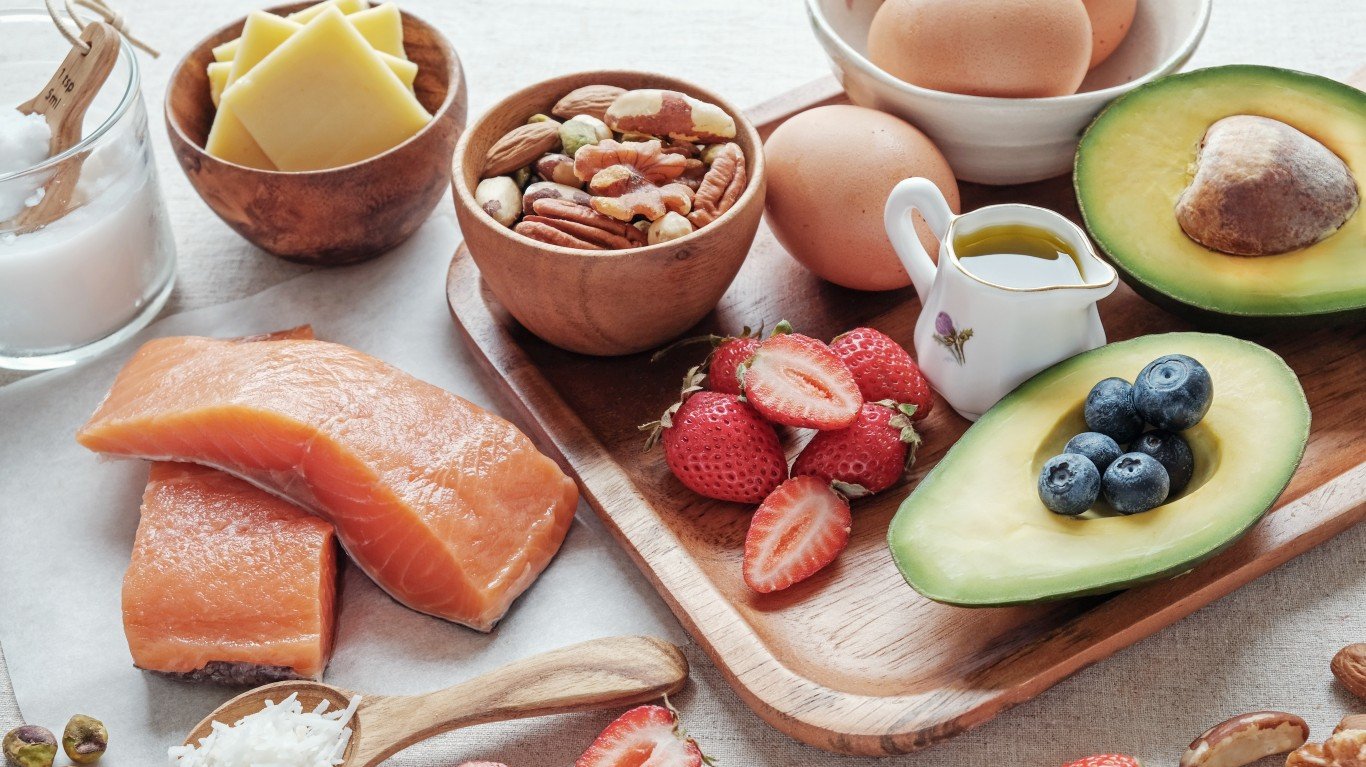
5. Keto
Some restaurants offer a “make it keto” option on their online menus. The terms can also simply mean orders customized to be high in fat and low in carbs — a bacon-cheeseburger, hold the bun, for instance. “Keto” is short for “ketogenic,” which means producing ketones — acidic chemicals released by the liver when the body has insufficient insulin. The original version of the diet (there are countless variations), said to promote weight loss and help fight diabetes, calls for 75% fat, 20% protein, and only 5% carbs. Some doctors warn that such a diet could cause low blood pressure, nutritional deficiencies, and an increased risk of heart disease. Nonetheless, keto was hailed as “the most popular diet of 2018,” with Google searches for the term last year far exceeding those for “paleo” or “intermittent fasting.”
[in-text-ad]
4. Reishi mushrooms
Also called lingzhi, the reishi grows in humid locations around Asia, where it is primarily considered medicinal. Woody in texture, with a bitter taste, it is said to be useful in battling cancer, countering the aging process, and boosting the immune system, among other things — though there is no scientific evidence to support these claims. Though the mushroom can be eaten fresh, it is more often turned into an extract used in capsules or tablets, or added to tea, coffee, or soup. It presumably ended up on Uber Eats because people order reishi essence added to smoothies, bowls, and other items.

3. Collagen
The fact that it will be big in 2020 seems beyond dispute. According to Nutrition Business Journal, a market research company, American consumers will spend $293 million on collagen supplements this coming year, up from $50 million in 2014. Collagen is the body’s most plentiful protein, found in muscles, ligaments, and skin, among other places. It has been called “the glue that holds the body together.” Hoping to improve both their appearance and their general health, people take collagen supplements in pill form, but it is also found naturally in things like bone broth (see No. 10) and pork rinds. Other foods help the body produce more collagen on its own, among them like fish skin, eggs, and fruits and vegetables with high vitamin C content. Like reishi, it can often be ordered as an addition to various foods and drinks.
2. Squid ink
Black rice (sometimes under fancy names like risotto nero or arroz negro) gets its color and rich, briny flavor from the ink found in sacs located between the gills of cephalopods — specifically squid and their close relatives cuttlefish. The ink, which is jet black (it was once used as ink for pens), is commonly added to dishes around the Mediterranean and in Japan. American chefs — perhaps with the photogenic quality of black food in mind — have also used it to color and flavor things like crêpes, crackers, and brioche buns. In addition having a dramatic appearance and pronounced flavor, the ink contains a wide array of nutrients and antioxidants, and has been called a superfood.
[in-text-ad-2]
1. Starfruit
This exotic bright yellow fruit, also called carambola, gets its name from the fact that it slices crosswise into perfect (if slightly pudgy) five-pointed stars. Originally from Sri Lanka, it is now cultivated in tropical regions around the world. There are two varieties, similar in appearance, one of which has a sweet grape-and-apple-like flavor, the other of which is sour. Starfruit can be eaten out of hand — the whole thing, including the skin and the small seeds, is edible — or used in sauces, salads, smoothies, and tarts, among other ways. Uber Eats suggests that part of the fruit’s popularity is due to the fact that it is “highly ‘grammable.”
Sponsored: Find a Qualified Financial Advisor
Finding a qualified financial advisor doesn’t have to be hard. SmartAsset’s free tool matches you with up to 3 fiduciary financial advisors in your area in 5 minutes. Each advisor has been vetted by SmartAsset and is held to a fiduciary standard to act in your best interests. If you’re ready to be matched with local advisors that can help you achieve your financial goals, get started now.
Thank you for reading! Have some feedback for us?
Contact the 24/7 Wall St. editorial team.
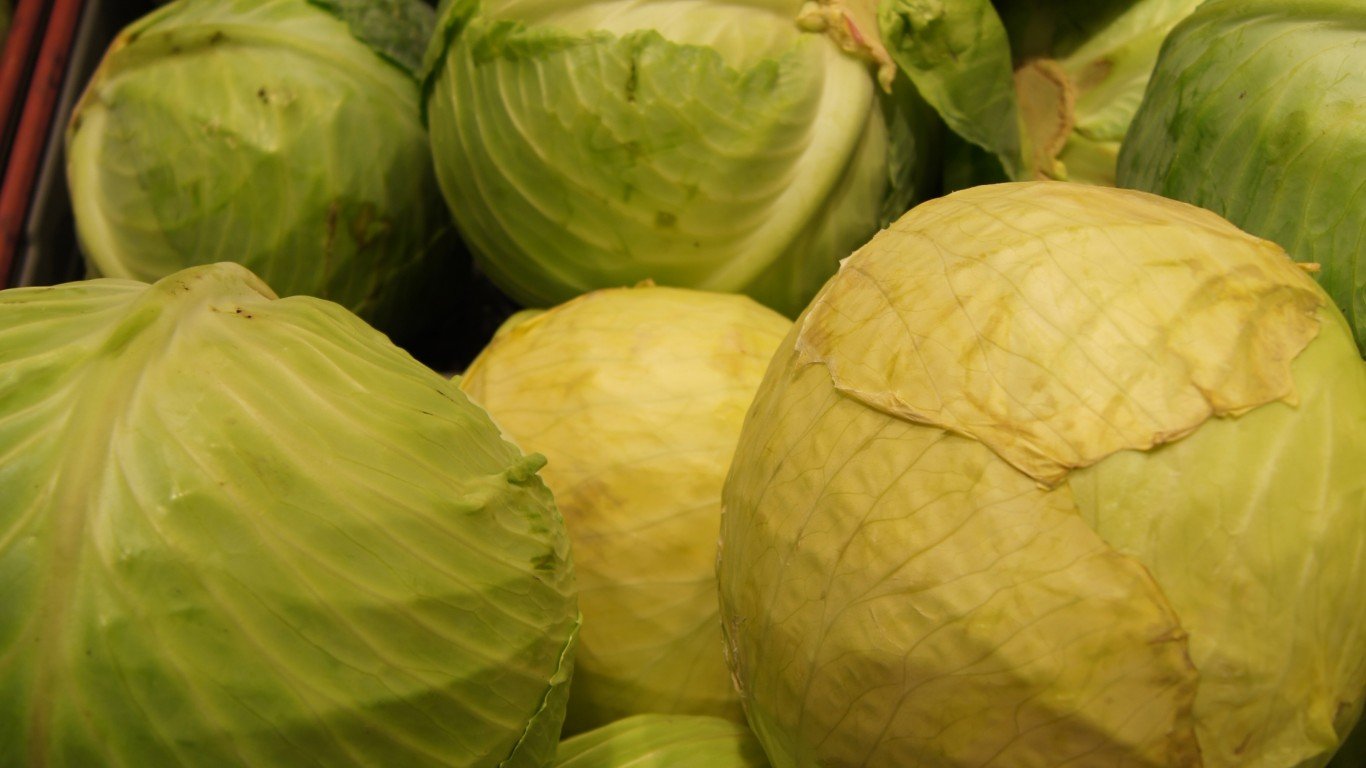
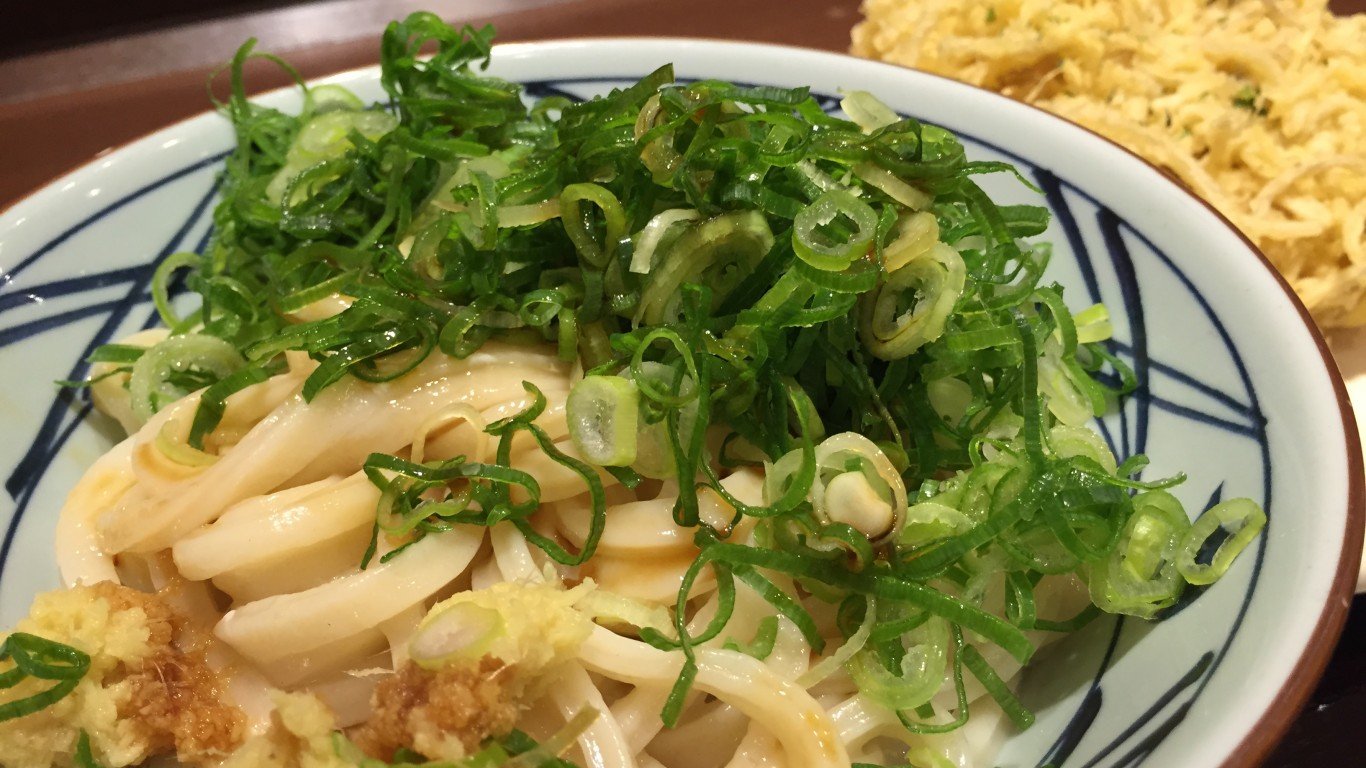



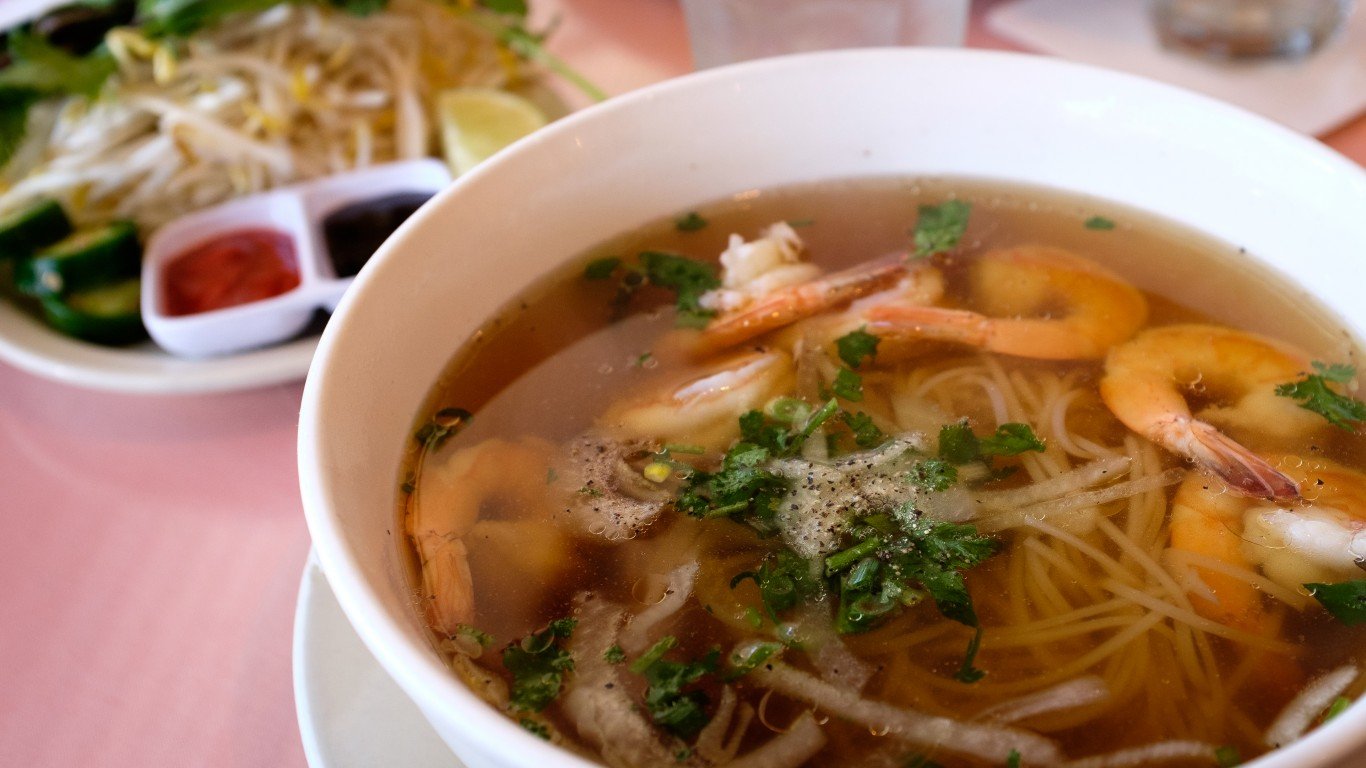
 24/7 Wall St.
24/7 Wall St.
